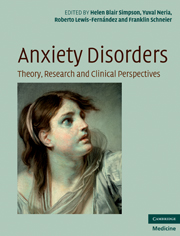Posttraumatic stress disorder (PTSD) is a heterogenous disorder with frequent diagnostic comorbidity. Research has deciphered this heterogeneity by identifying PTSD subtypes and their neural biomarkers. This review summarizes current approaches, symptom-based group-level and data-driven approaches, for generating PTSD subtypes, providing an overview of current PTSD subtypes and their neural correlates. Additionally, we systematically assessed studies to evaluate the influence of comorbidity on PTSD subtypes and the predictive utility of biotypes for treatment outcomes. Following the PRISMA guidelines, a systematic search was conducted to identify studies employing brain imaging techniques, including functional magnetic resonance imaging (fMRI), structural MRI, diffusion-weighted imaging (DWI), and electroencephalogram (EEG), to identify biomarkers of PTSD subtypes. Study quality was assessed using the Strengthening the Reporting of Observational Studies in Epidemiology (STROBE) guidelines. We included 53 studies, with 44 studies using a symptom-based group-level approach, and nine studies using a data-driven approach. Findings suggest biomarkers across the default-mode network (DMN) and the salience network (SN) throughout multiple subtypes. However, only six studies considered comorbidity, and four studies tested the utility of biotypes in predicting treatment outcomes. These findings highlight the complexity of PTSD’s heterogeneity. Although symptom-based and data-driven methods have advanced our understanding of PTSD subtypes, challenges remain in addressing the impact of comorbidities and the limited validation of biotypes. Future studies with larger sample sizes, brain-based data-driven approaches, careful account for comorbidity, and rigorous validation strategies are needed to advance biologically grounded biotypes across mental disorders.
